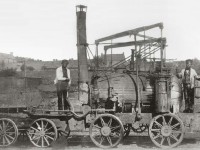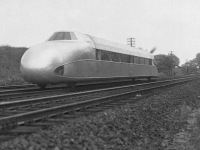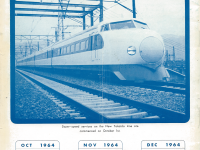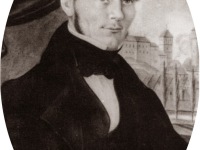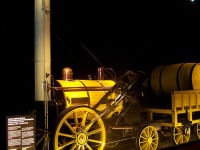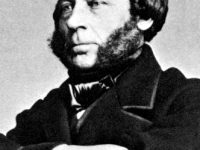William Hedley – Puffing Billy and the Rise of Railway Transportation
On January 9, 1843, British coal-mine official and inventor William Hedley passed away. Hedley was probably the first to build a commercially useful steam locomotive dependent on friction between wheels and rails as opposed to using a geared track. In 1813, he constructed the famous Puffing Billy, the world’s oldest surviving steam locomotive. Early Railways There have been ruts to guide carts on roads since prehistoric times. The development that led to the railway, however,…
Read more

